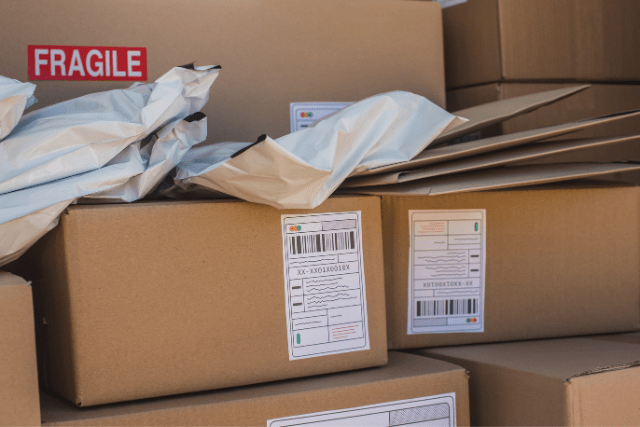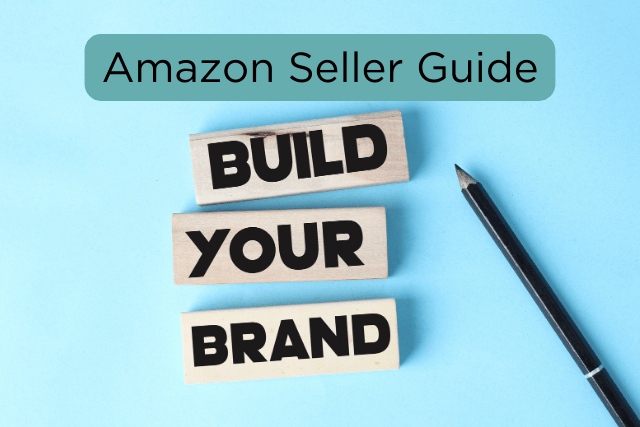If you are selling on Amazon, you may have heard of FBA, or Fulfillment by Amazon. This is a program that allows Amazon to store, pick, pack, and ship your products for you. It’s a great way to save time and money on fulfilment, but it can also lead to some shipping issues if you’re not careful.
Table of Contents
Amazon FBA and Its Benefits
Amazon FBA (Fulfillment by Amazon) is a service that allows sellers to store their goods in Amazon’s fulfillment centers. Amazon takes care of storage, packaging, and shipping of the products to the customers on behalf of the sellers. This service enables sellers to focus on other aspects of their business, such as marketing and product development, while Amazon handles the logistics.
There are numerous benefits of using Amazon FBA, such as:
- Customer Trust: By using Amazon FBA, your products become eligible for Amazon Prime, which is a significant advantage as Prime customers tend to trust and prefer products with Prime shipping.
- Global Reach: Amazon FBA allows you to reach a vast customer base in your country and internationally, depending on the marketplaces you choose to sell in.
- Customer Service: Amazon handles customer service and returns for FBA products, saving you time and effort.
- Storage and Shipping: Amazon takes care of storing your inventory and shipping it to customers, reducing the need for you to manage a warehouse or handle shipping logistics.
What are the most common FBA shipping issues?
Fulfillment by Amazon (FBA) program is a great service for many sellers, but shipment issues can arise. Here are some of the most common FBA shipping issues:
Damaged Products
Sometimes products are damaged during shipping or while they are being stored at an Amazon warehouse. This can be a big problem if it happens to multiple products, as it can hurt your sales and customer reviews.
Lost Products
Occasionally, products go missing during shipping or at an Amazon warehouse. This is usually not a big deal if it is just one product, but it can be a major headache if it happens frequently.
Shipping Delays
Sometimes products are delayed during shipping or at Amazon warehouses. This is usually not a big deal if it happens on rare occasions, but if it becomes a frequent problem, it can frustrate you and your customers.
Any of these problems can lead to negative customer feedback, damaging your reputation and cost you sales. That’s why it’s so important to take the time to learn how to pack your FBA shipments correctly.
Fortunately, there are plenty of resources available to help you out. Amazon has a helpful guide on its website, or you can check out one of the many third-party guides available online.

How to prevent FBA shipment issues?
To prevent FBA shipment issues, follow these best practices:
1. Accurate Product Listing and Labeling
- Ensure your product listings are accurate and up-to-date, including product dimensions, weight, and descriptions.
- Label your products correctly with scannable barcodes (UPC, EAN, or ISBN) and FNSKU labels. This helps Amazon identify and track your inventory accurately.
2. Comply with Amazon’s Packaging and Prep Requirements
- Follow Amazon’s packaging and prep requirements to protect your products during shipping and storage.
- Use appropriate packaging materials, such as boxes, polybags, and bubble wrap, to prevent damage.
- Avoid using prohibited packaging materials, such as packing peanuts or loose fill.
3. Create Accurate Shipment Plans
- Provide accurate information about your shipment, including the number of boxes, dimensions, and weight.
- Use Amazon’s shipment creation workflow to generate accurate shipping labels and packing slips.
- Divide your inventory into logical shipments based on the destination fulfillment center.
4. Monitor Inventory Levels
- Regularly monitor your inventory levels to avoid stockouts and overstocking.
- Use Amazon’s inventory management tools, such as the Inventory Performance Index (IPI), to optimize inventory levels.
5. Maintain High Product Quality
- Ensure your products meet Amazon’s quality requirements to avoid returns and negative customer feedback.
- Implement a quality control process to inspect your products before shipping them to Amazon’s fulfillment centers.
6. Stay Informed about FBA Policies and Updates
- Review Amazon’s FBA policies, guidelines, and updates regularly to stay compliant and avoid potential issues.
- Subscribe to Amazon’s seller newsletters and participate in seller forums to stay informed about changes and best practices.
7. Plan for Seasonal and Peak Demand
- Anticipate seasonal and peak demand periods, such as holidays and sales events, and adjust your inventory levels accordingly.
- Consider using Amazon’s FBA Inventory Placement Service (IPS) to distribute your inventory across multiple fulfillment centers, reducing the risk of shipment delays.
8. Address Shipment Issues Proactively
- Regularly monitor your FBA shipments and address any issues promptly.
- Communicate with Amazon Seller Support to resolve shipment issues and prevent them from escalating.
With these best practices, you can minimize FBA shipment issues, improve operational efficiency, and enhance customer experience.

Avoiding damaged goods
When selling products on Amazon, taking measures to prevent your items from being damaged in transit is important. This not only helps to ensure that your customers are happy with their purchase, but also that you won’t have to incur the cost of replacing damaged goods.
There are a few things you can do to prevent damage during shipping. First, make sure your items are well packaged. Use strong boxes and plenty of cushioning material, such as bubble wrap or packing peanuts. Second, clearly label your packages with “fragile” or “handle with care” if they contain delicate items. This will help make sure that handlers take extra care with your packages.
Finally, insure your shipments against damage. You will be reimbursed for the damaged goods if something happens to your shipment.
Conclusion
As an Amazon seller, it’s important to know the potential shipping issues when using Fulfillment by Amazon (FBA). By taking some simple precautions, you can help to prevent these problems from occurring.
Pack your items properly. This includes using the correct size box and packing material and clearly labelling your package with the correct information.
Be sure to ship your items to the correct Amazon fulfillment centre. You can find the address on your shipping plan page in Seller Central. Please keep track of your shipments and monitor their progress through Amazon’s tracking system.
By following these simple tips, you can help to prevent shipping problems when using Fulfillment by Amazon.







